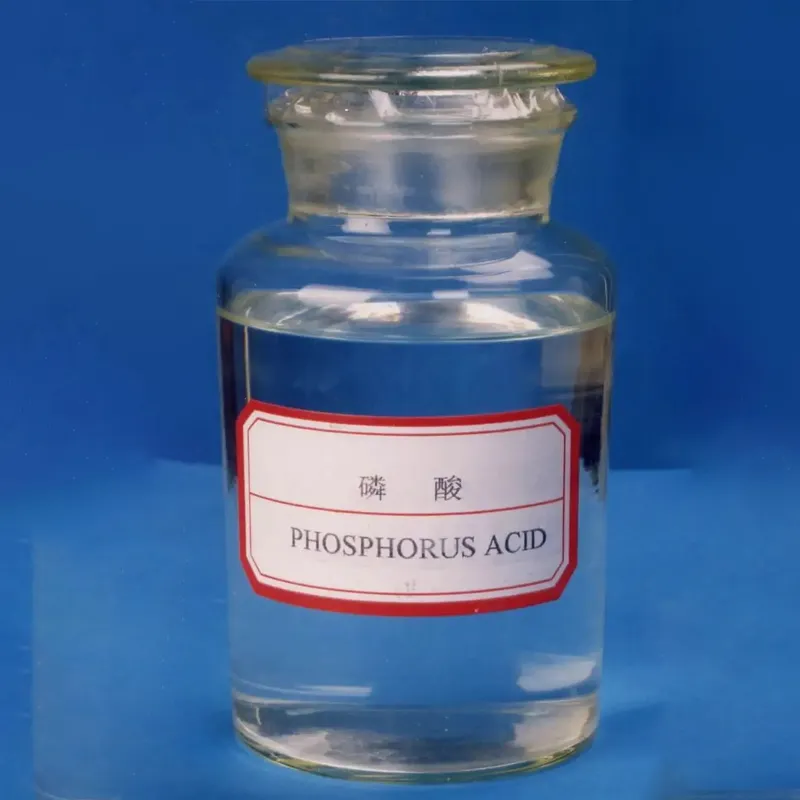
Applications of Trichloroisocyanuric Acid for Effective Pool Sanitation
The Role of Trichloroisocyanuric Acid in Pool Maintenance
Maintaining a clean and safe swimming pool requires a consistent regimen of sanitization and chemical balance. One of the most effective and widely used chemicals in pool maintenance is Trichloroisocyanuric Acid, commonly known as TCCA. This compound plays a crucial role in ensuring that pool water remains hygienic and safe for swimmers by effectively killing bacteria, viruses, and algae.
What is Trichloroisocyanuric Acid?
Trichloroisocyanuric Acid is a white, crystalline compound that is rich in chlorine, typically containing about 90% available chlorine by weight. It is part of a group of chemicals known as chlorine compounds, which are critical in water sanitation. TCCA is a type of chlorinated isocyanurate and is best known for its slow-dissolving properties, making it especially suitable for prolonged use in swimming pools.
How Does TCCA Work?
Upon dissolution in water, TCCA releases chlorine, a powerful disinfectant that breaks down harmful microorganisms. Chlorine works by penetrating the cell walls of bacteria and viruses, effectively inactivating them. Additionally, chlorine aids in the oxidation of organic matter, such as sweat, skin oils, and other contaminants often introduced by swimmers. This process not only helps in maintaining water clarity but also ensures that the water remains safe by preventing the growth of harmful pathogens.
Benefits of Using TCCA in Pools
1. Stability and Longevity One of the significant advantages of TCCA is its stability in various conditions. It has a long shelf life and is less susceptible to breakdown from sunlight compared to other chlorine forms. This means that TCCA can be used effectively in outdoor pools that are exposed to sunlight.
trichloroisocyanuric acid used in pools

2. Ease of Use TCCA can be added directly to the pool water in tablet or granular form. It can be placed in floating dispensers or automatic feeders, allowing for even distribution and consistent chlorination without much manual intervention.
3. Low pH Impact Unlike some other chlorine-based products, TCCA has a minimal impact on the pH levels of the pool water. Maintaining balanced pH is essential for swimmer comfort and effective disinfection, making TCCA an ideal choice for pool maintenance.
4. Cost-Effectiveness Due to its high concentration of chlorine, TCCA offers a cost-effective solution for pool sanitation. Users find that they need fewer products to maintain appropriate chlorine levels, ultimately reducing long-term maintenance costs.
Potential Drawbacks
While TCCA is exceptionally effective, it is essential to handle it with care. Being a concentrated form of chlorine, it can be hazardous if misused. Protective equipment, such as gloves and masks, should be worn when handling TCCA to avoid skin or respiratory irritation. Additionally, it should be stored away from heat sources and incompatible materials to prevent any dangerous reactions.
Furthermore, while TCCA is effective in killing pathogens, it does not add stabilizer for the chlorine, thereby necessitating regular monitoring and adjustment of other water chemicals. Regular testing of the pool water is crucial to ensure that the chlorine levels, pH, and total alkalinity are all within the recommended range.
Conclusion
Trichloroisocyanuric Acid has cemented its role as an essential component of effective pool maintenance. By understanding its function and benefits, pool owners can better appreciate the importance of this chemical in keeping their water clean, clear, and safe for recreational use. However, it is vital to use it responsibly, following appropriate guidelines and maintaining a balanced pool environment. With regular monitoring and proper maintenance practices, TCCA can contribute significantly to a healthy and enjoyable swimming experience. Nature may change, but the commitment to swimming pool safety and sanitation remains constant, with TCCA standing at the forefront of modern-day pool care.
-
Pure Sodium Dichloroisocyanurate Dihydrate | Powerful DisinfectantNewsAug.29,2025
-
Industrial Chemicals: Quality & Purity for Every IndustryNewsAug.28,2025
-
Nitrile Rubber Honoring Strict Production StandardsNewsAug.22,2025
-
Aspartame Ingredients Honoring Food Safety ValuesNewsAug.22,2025
-
Fertilizer for Balanced Plant NutritionNewsAug.22,2025
-
Cyanide Gold Processing with High Purity AdditivesNewsAug.22,2025
-
Formic Acid in Textile Dyeing ApplicationsNewsAug.22,2025
Hebei Tenger Chemical Technology Co., Ltd. focuses on the chemical industry and is committed to the export service of chemical raw materials.
-

view more DiethanolisopropanolamineIn the ever-growing field of chemical solutions, diethanolisopropanolamine (DEIPA) stands out as a versatile and important compound. Due to its unique chemical structure and properties, DEIPA is of interest to various industries including construction, personal care, and agriculture. -

view more TriisopropanolamineTriisopropanolamine (TIPA) alkanol amine substance, is a kind of alcohol amine compound with amino and alcohol hydroxyl, and because of its molecules contains both amino and hydroxyl. -

view more Tetramethyl Thiuram DisulfideTetramethyl thiuram disulfide, also known as TMTD, is a white to light-yellow powder with a distinct sulfur-like odor. It is soluble in organic solvents such as benzene, acetone, and ethyl acetate, making it highly versatile for use in different formulations. TMTD is known for its excellent vulcanization acceleration properties, which makes it a key ingredient in the production of rubber products. Additionally, it acts as an effective fungicide and bactericide, making it valuable in agricultural applications. Its high purity and stability ensure consistent performance, making it a preferred choice for manufacturers across various industries.





